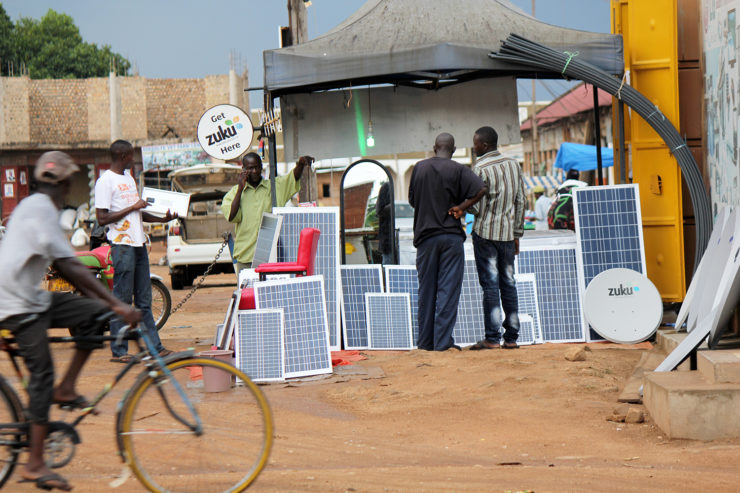To better address the energy needs of off-grid communities, we must understand how households choose, and are enabled to purchase, solar energy products. From 2015-2017, with support from the United Nations Capital Development Fund (UNCDF), we conducted a study in Uganda involving 554 households. Participants had bought a solar portable lamp using cash, a mini-solar home system using PAYG financing, or a larger solar home system using microcredit, during 2015. We tracked their purchasing behavior through early 2017 to evaluate whether these households followed a linear “energy ladder” pattern — in which owning smaller solar products is predicted to be an important step before a family purchases a larger solar home system — or whether they followed a different solar product adoption pattern. We also investigated whether flexible financing aids in the adoption of solar products, and the impact of PAYG solar devices toward increased digital financial inclusion.
Our research on early-market adoption patterns found that:
- The solar “energy ladder” model does not adequately describe off-grid solar adoption.
- Flexible payment mechanisms do allow low income households to adopt larger systems.
- Households that purchased small solar products experienced rapid economic payback, but those that purchased larger systems did not.
- Effective direct marketing drives adoption in greenfield markets.
- Some respondents made multiple solar product purchases, and many reduced or discontinued use of traditional fuels.
- PAYG customers would prefer to make cash purchases.
- Solar PAYG purchases did not seem to drive digital financial inclusion.
Download the report:














